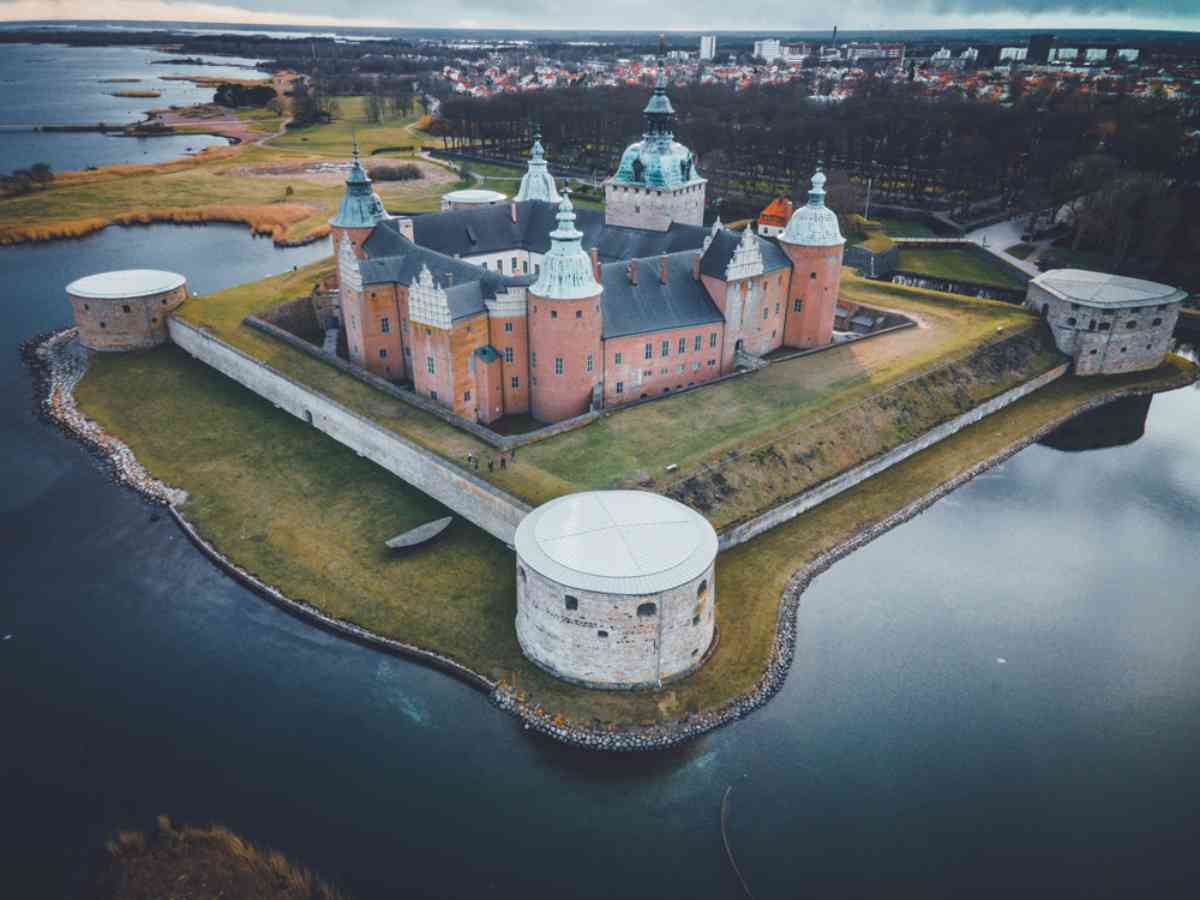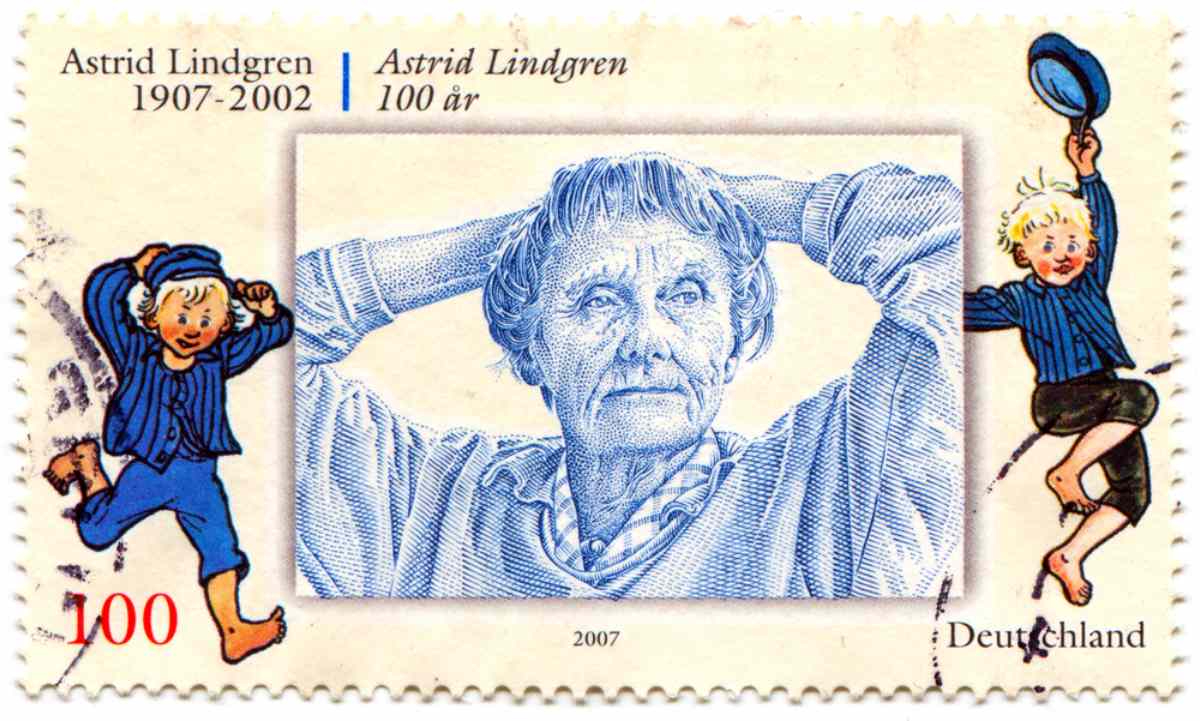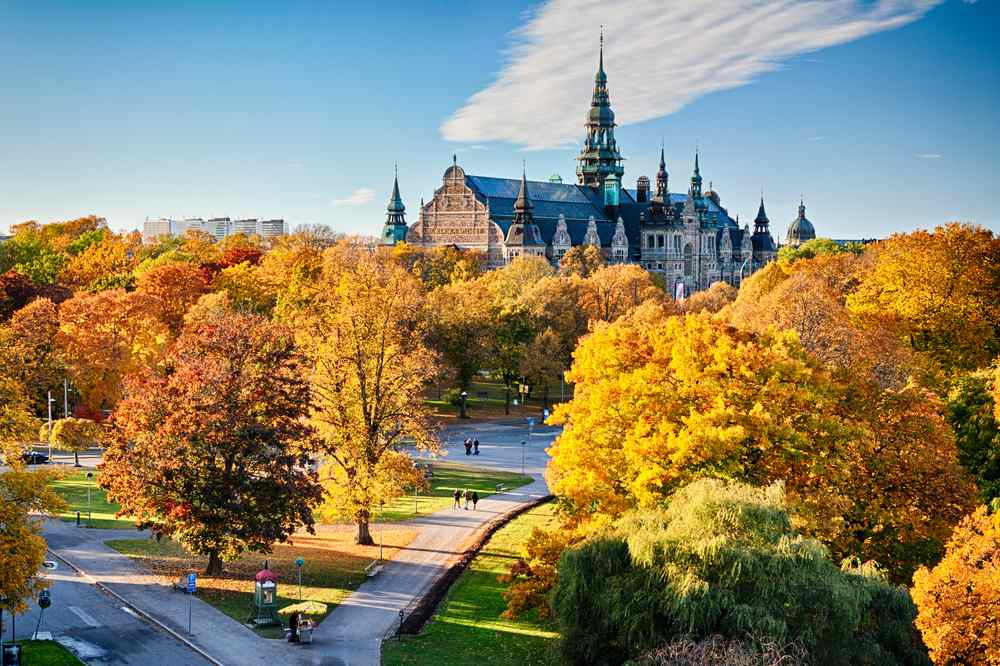The Øresund Bridge, an architectural and engineering marvel, stands as a testament to human ingenuity and the close ties between Denmark and Sweden. This iconic structure, part bridge, part tunnel, spans the Øresund Strait, linking Copenhagen, Denmark, to Malmö, Sweden. In this comprehensive exploration, we delve into the history, design, and impact of the bridge, answering key questions and highlighting its significance in the Nordic region and beyond.
The historical journey of the Øresund Bridge
The concept of a fixed link across the Øresund Strait was first seriously considered in the early 20th century. This idea was driven by the desire to improve connectivity between the Scandinavian Peninsula and continental Europe. The region's history is marked by periods of cooperation and conflict, and the bridge was seen as a way to foster closer ties.

Early Proposals and Challenges
The earliest proposals for a bridge date back to the 1910s and 1930s, but these were hindered by technological limitations and political circumstances, including the World Wars.
The idea resurfaced post-World War II, reflecting a renewed interest in regional integration and economic development.
Political and Economic Context
The project gained momentum in the late 20th century, influenced by the growing economic integration of Europe and the expansion of the European Union.
The bridge was seen as a strategic investment to stimulate economic growth, enhance trade, and facilitate mobility in the Nordic region.
Symbolism
Beyond its practical purpose, the Øresund Bridge came to symbolize a new era of Nordic cooperation and a shared vision for a more connected and prosperous Scandinavia.
Design and construction: A blend of aesthetics and functionality
The Øresund Bridge is a remarkable example of modern engineering, combining functionality with aesthetic appeal.
Design features
The bridge is a cable-stayed design, chosen for its strength and durability. It spans a total length of 7,845 meters, making it one of the longest of its kind in the world.
It features a dual-level structure, with a railway line below and a four-lane highway above, catering to both rail and road traffic.

Construction process
Construction began in 1995 and was completed in 2000. It involved international collaboration, with engineers and contractors from various countries contributing to its design and construction.
Cutting-edge technologies were employed to minimize environmental impact, including advanced techniques for the construction of the underwater tunnel section.
Challenges overcome
The project faced several challenges, including environmental concerns, technical complexities of building over a busy shipping lane, and the need to avoid disrupting air traffic from the nearby Copenhagen Airport.
| Feature | Details |
|---|---|
| Official Name | Øresundsbron (Swedish), Øresundsbroen (Danish) |
| Location | Copenhagen, Denmark, and Malmö, Sweden |
| Type | Cable-stayed bridge |
| Total Length | 7,845 meters (25,738 feet) |
| Width | 23.5 meters (77.1 feet) |
| Height | 204 meters (669 feet) |
| Longest Span | 490 meters (1,608 feet) |
| Clearance Below | 57 meters (187 feet) |
| Construction Start | 1995 |
| Construction End | 1999 |
| Opened | 1 July 2000 |
| Construction Cost | 19.6 billion DKK (Danish Krone) |
| Daily Traffic | Approximately 18,434 road vehicles (as of 2022) |
| Toll Cost (as of 2023) | DKK 440, SEK 650, or EUR 59 |
Economic and social impact
Since its inauguration in 2000, the Øresund Bridge has had a profound impact on the region's economy and society.
Boosting regional economy
The bridge has significantly enhanced trade and economic interaction between Denmark and Sweden. It has become a vital transport link for the movement of goods and services across the strait.
It has also attracted businesses and investments to the region, contributing to economic growth.
Cultural exchange and tourism
Øresund bridge has facilitated cultural exchange and tourism, making travel between Denmark and Sweden easier and more efficient.
It has become a tourist attraction in its own right, drawing visitors interested in its architectural and engineering significance.

Daily commute and regional integration
The bridge has dramatically improved the daily commute for thousands of people, enabling easier cross-border movement for work and leisure.
It has played a crucial role in creating a more integrated Øresund region, fostering a sense of shared identity and cooperation between the two countries.
The Øresund Bridge is not just a physical structure but a landmark of Nordic collaboration, an engineering marvel, and a catalyst for economic and social integration in the region.
The bridge as a cultural icon
The Øresund Bridge transcends its role as a mere transport link, having cemented its place as a significant cultural icon in both Scandinavia and beyond. Its influence extends into various realms of popular culture, arts, and symbolism.
Influence in popular culture
The most notable reference in popular culture is the critically acclaimed Nordic noir television series "The Bridge" (original title: "Bron/Broen"). Premiering in 2011, this series not only brought international attention to the bridge but also used it as a central element in its narrative, symbolizing the connection and differences between Denmark and Sweden.
The bridge's striking appearance and its role as a link between two distinct cultures make it a compelling backdrop for storytelling, symbolizing not just a physical crossing but also a metaphorical passage between different worlds.
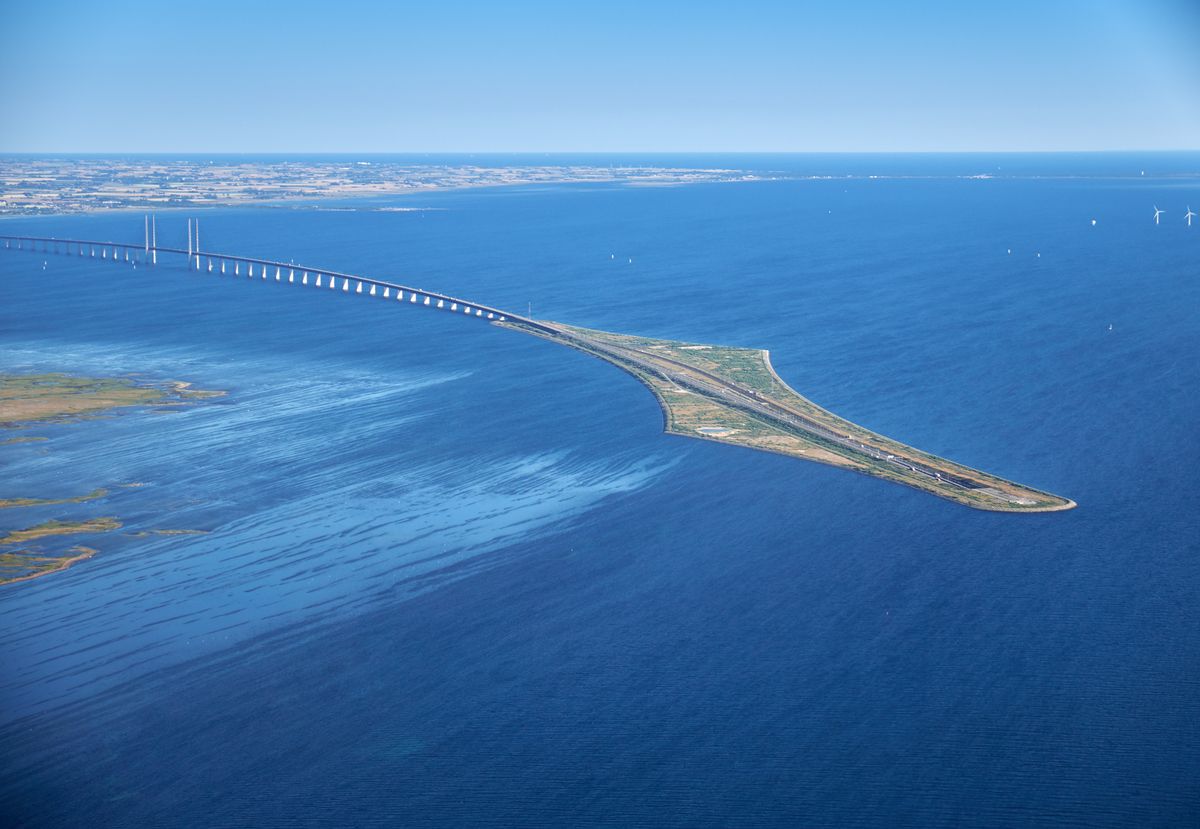
Symbolism and representation
The Øresund Bridge has come to represent more than just a connection between two geographic locations. It symbolizes the broader idea of connecting cultures, economies, and communities.
In a European context, it represents the bridging of Scandinavia with the rest of Europe, embodying ideas of cooperation, unity, and progress.
Has also been featured in various documentaries and travel shows, highlighting its engineering marvel and the beauty of the surrounding landscape.
Artistic Inspirations
The elegance and grandeur of Øresund's architecture have captivated the creative community. This architectural marvel has become a muse for a diverse range of artists and photographers, sparking an array of creative interpretations across various mediums, including canvas, film, and prose. Its depiction frequently graces promotional content, embodying the essence of modernity and the progressive ethos prevalent in Nordic societies.
Cultural Events and Celebrations
Øresund has emerged as a vibrant hub for cultural gatherings and festivities, hosting events like marathons and public festivals that weave it deeper into the societal and cultural tapestry of the region.
These occasions serve to reinforce its role as a beacon of unity, drawing communities together from both shores of the strait.
Educational and Inspirational Role
For the academic and professional spheres in architecture, engineering, and urban design, Øresund stands as a paramount example of cross-border collaboration, cutting-edge design, and eco-conscious construction practices. It stands as a source of inspiration for aspiring engineers and architects, exemplifying the heights of achievement possible through joint effort, visionary planning, and technical acumen.
The Øresund Bridge is more than just an infrastructural achievement; it is a cultural landmark that resonates with people far beyond its immediate geographic and functional boundaries. It stands as a testament to human creativity and the power of connecting worlds, both literally and metaphorically.
Frequently asked questions about the Øresund Bridge
Why does the Øresund Bridge go underwater?
The bridge transitions into a tunnel to avoid disrupting air traffic from the nearby Copenhagen Airport and to provide a clear channel for ships. This innovative design also addresses the challenge of ice floes in the strait.
How long does it take to cross the Øresund Bridge?
Crossing the bridge by car or train typically takes about 10 minutes, offering a swift and scenic journey between Denmark and Sweden.
Can you walk across the bridge between Denmark and Sweden?
Walking across the Øresund Bridge is not permitted for safety reasons. However, the bridge is accessible by car, train, and bus, providing convenient cross-border travel.
How much does it cost to cross the bridge from Denmark to Sweden?
The cost of crossing the bridge varies depending on the mode of transportation and any applicable discounts. As of 2023, the toll for a standard vehicle is approximately DKK 440, SEK 650, or EUR 59.
The Øresund Bridge is more than just a feat of engineering; it is a symbol of unity, innovation, and the enduring bond between Denmark and Sweden. Its presence has reshaped the economic, social, and cultural landscape of the region, making it a vital artery in the heart of Scandinavia.

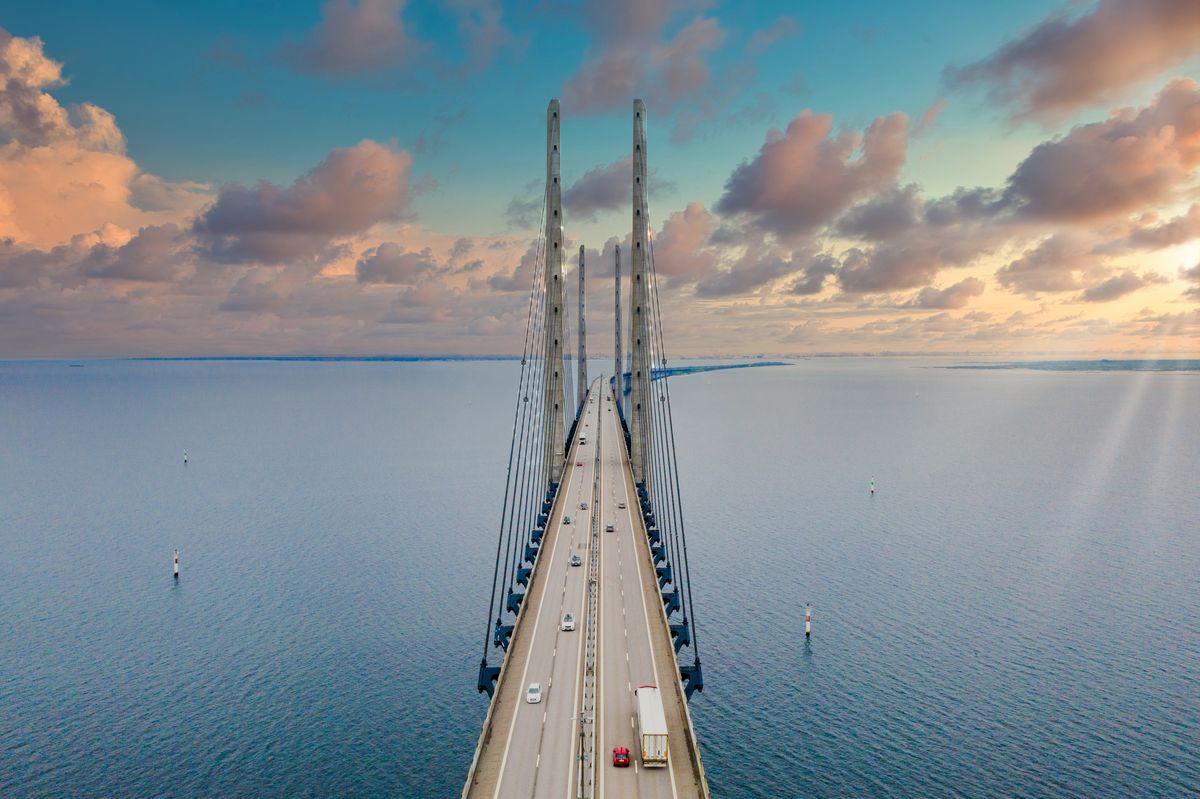
 By
By

